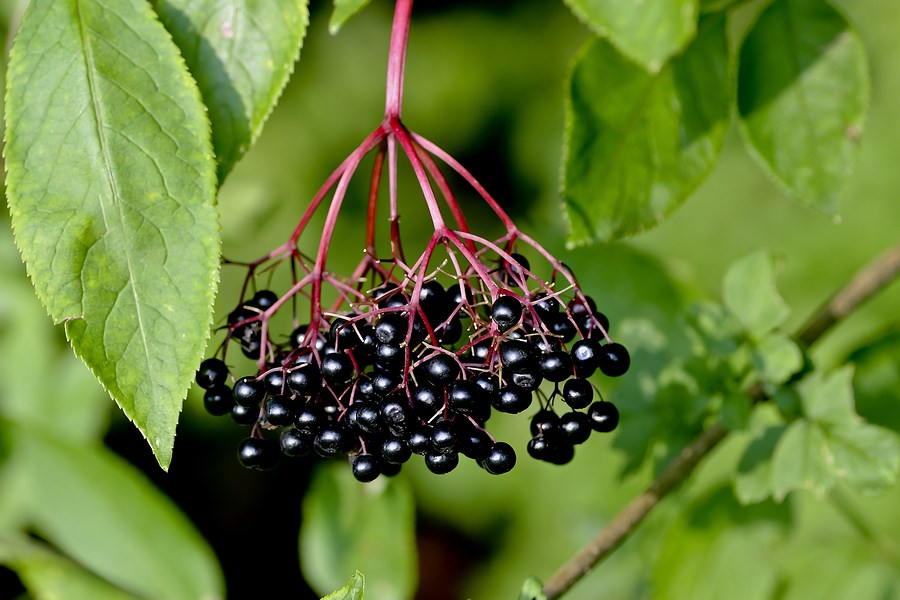Many berry-producing shrubs also grow wild in the surrounding area. Picking wild berries can be a nice outing for the family, but growing the domesticated varieties has the advantages of larger size, easier picking and being close at hand.
Wild raspberries can be found in clearings and open woods. The stems or “canes” of raspberries grow from the base and from the roots as suckers. The first year these canes grow and produce leaves. The second year the canes flower in spring and produce the fruit in summer. These canes then die after producing, hindering us with dead, prickly canes in the raspberry patch. The roots are perennial, so the plant produces new, first-year canes every year to keep the patch producing.
Domestic raspberries have the same growth pattern. Growing raspberries in the garden allows for easier picking by regularly removing the dead canes. The berries of domestic raspberries are larger than the wild ones, and different varieties produce fruit at different times from early to late summer. The height and sturdiness of canes, amount of fruit produced and number of prickles also varies with the variety grown.
There are new raspberry varieties, fall bearing or primocane varieties, that produce on first year canes which can be mowed down at the end of the season to produce again on new canes the following year. Unfortunately our season is not long enough for good production, and these varieties do not produce as large a crop as the regular varieties.
Raspberries prefer a moderately acidic to neutral soil. To prepare a new raspberry patch the soil should be worked to a depth of two feet and augmented with organic material. Good drainage and sunlight are also required. Plant one-year canes six to nine inches apart in a row two to three feet wide. Suckers will fill in the row over time. If more than one row is planted, space the rows six feet apart. Fertilize with compost or composted manure and water well. Within three years, you will have a fully productive raspberry patch.
Canes can be cut back a few inches in the early spring of their second year to encourage branching, increasing berry production. Tall cane varieties can also be supported by trellising. Second-year canes should be cut back to the base in the fall after production, or they can be cut back early the following spring. Also prune out weak, thin second-year canes and thin canes as needed for good spacing to allow air movement to prevent disease.
Another group of berries found in the wild are red and black currants and gooseberries. Growing and using the domestic varieties is my topic for the next article.




